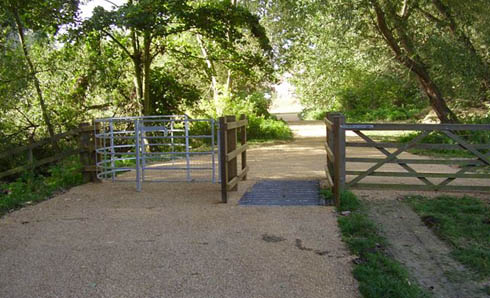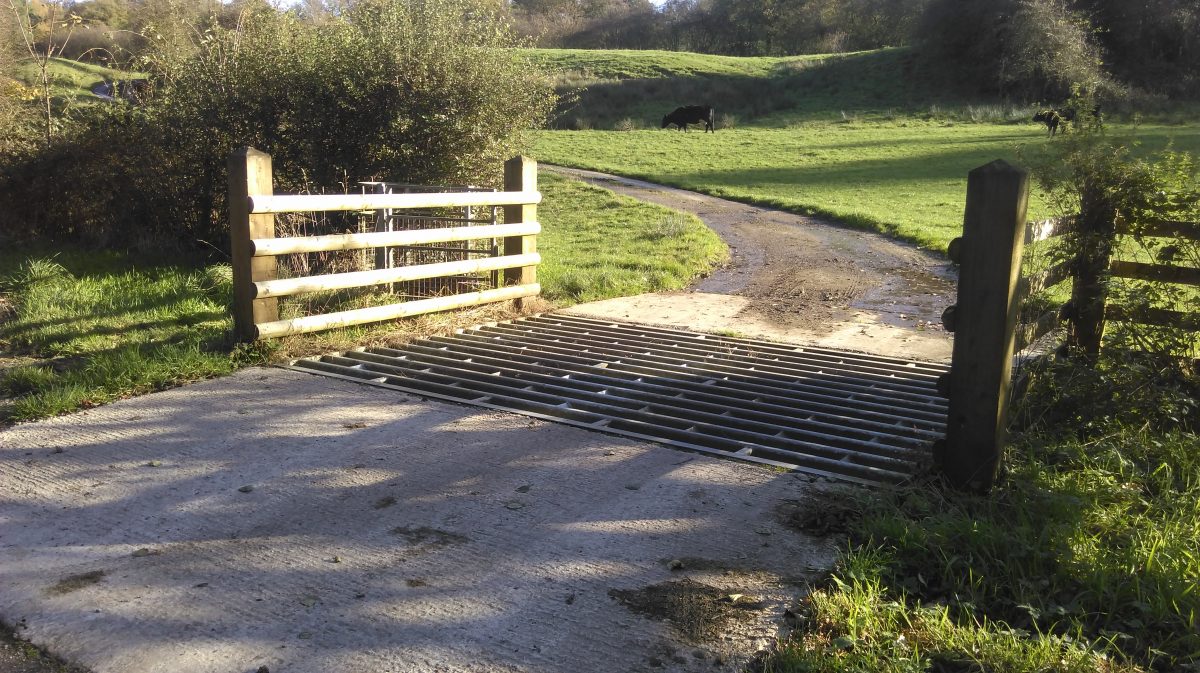The short answer is “Yes, but manageable”.
The fact that the surface is broken generates noise but this can be more or less depending on other factors.
The shape and spacing of the bars is a crucial issue. The BS defines the permitted size and ranges of spaces for bars. This is to ensure effectiveness and to protect animals who become stuck in a grid.
Circular Bars with maximum permitted spaces are the noisiest.


Square or rectangular bars with minimum, permitted, spacing are the quietest solution to this particular aspect.

but there are further relevant factors….
The steel unit needs to be a good fit with the concrete sleeper walls or base. Steel banging on concrete does not aid sleep! This is best dealt with by ensuring high quality concrete forming to ensure a snug fit with the flat steel structure.
It is increasingly difficult to secure the services of Contractors with the necessary skills. This is a driver for the switch to the Pitless Units also known as Drop-in Units . These units if correctly fitted are very quiet.

These Pitless or Drop-in units avoid sleeper walls by providing a steel base for the grids to sit on. It is vital that these are well made so the removable grids do not bang against the base creating another source of noise.







